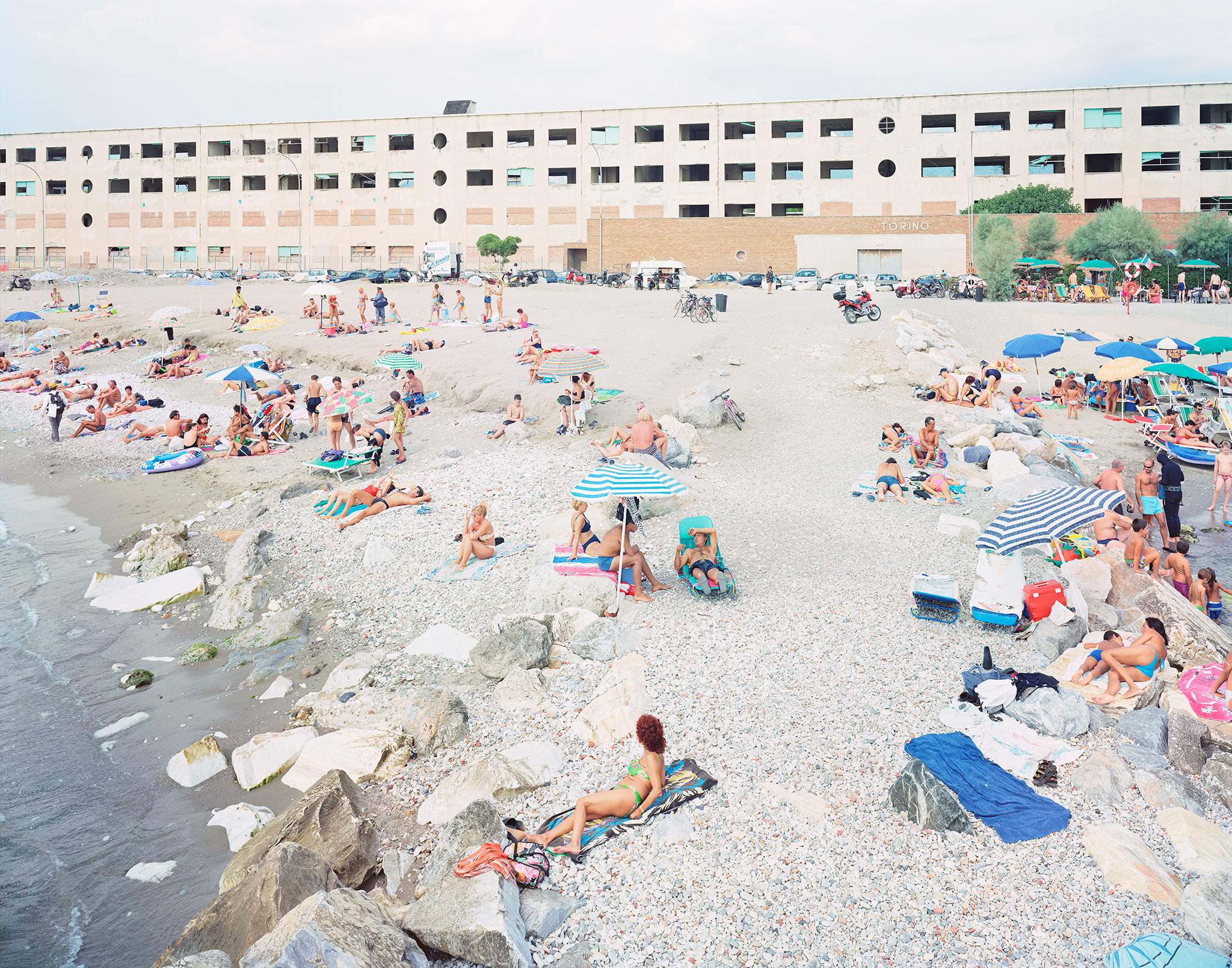At least until the mid 18th century, while cities were flourishing in the hinterland, European coasts were considered wild and harsh territories, left almost deserted for both hygienic and military reasons: vast swamp areas were dominated by fortified ports, forced passage for flows of men and goods.“Over the years, seas and oceans started to be considered for their healing and recreational potential, as they were no longer associated with stormy waters, but rather with the beneficial qualities of fresh and unpolluted air. A century-long process of building architecture and infrastructures for tourism commenced”.2
The positivist social hygiene movement that flourished in Italy in the second half of the 19th century arose as a refusal of the degenerative aspects of the modern industrial cities. Many undeveloped, abandoned and degraded coastal areas gradually became the destination of the so-called ‘colonie marine’, a sort of holiday camp for children with health purposes, as well as an attraction for the national upper middle-class tourism.
The first Italian seaside colonies were established by charitable Christian organizations and later became the place of public assistance services and private philanthropy, dedicated to the treatment of children’s diseases caused by the poverty of the urban environment.
In the 1920s, during the Fascist regime, when the myths of hygiene and order ruled in triumph, the construction of the Colonies received a new boost. Considered a mass formative model for children, they constituted an important factor in the social policy of a regime bent on building consensus.
“The Fascist regime showed that it had fully grasped the propagandistic potential and value of the ‘colonia’ to the government’s campaign for the improvement of the physical, intellectual and moral development of pupils”.2
Additionally, major private Italian corporations like Montecatini, Agip, Piaggio and Fiat saw in the colonies the potential for shaping their future workforce by instilling discipline and a bond with the company in their workers’ children. Particular importance was given to the colonies design which “constituted a laboratory of experimentation for those young architects eager to test in a real project the effectiveness of their ethical and aesthetic ideals”.2
Among the institutes that arose along the Adriatic coast, the Agip colony in Cesenatico, designed by the architect Giuseppe Vaccaro, stands out for its architectural qualities, one of the most achieved expressions of the Italian Rationalist movement. In the 90s, the building became Gabriele Basilico’s subject in a photographic series which shows its relevance in the contemporary architecture scenario. The photographs enhance the complex’s monumental importance as a reference in space and time, as well as the paradox of a high-quality ‘architecture of leisure’ commissioned by Italy’s most influential oil company of the 20th century.







